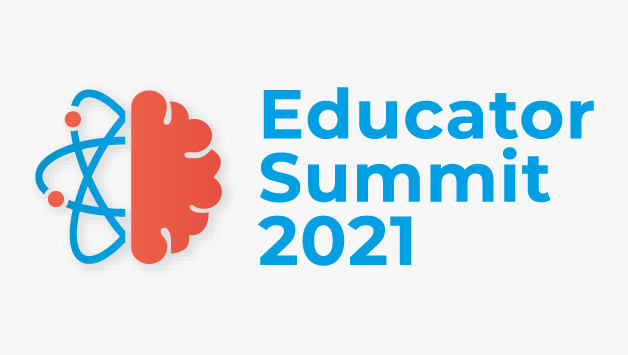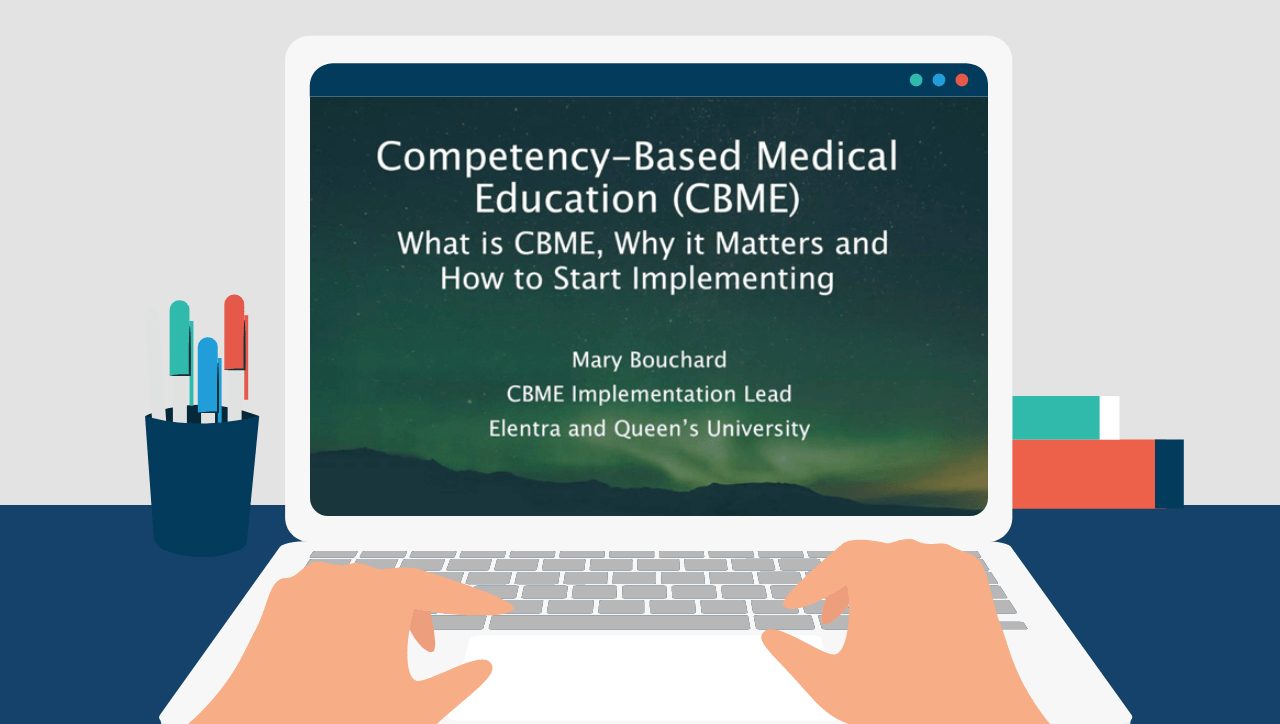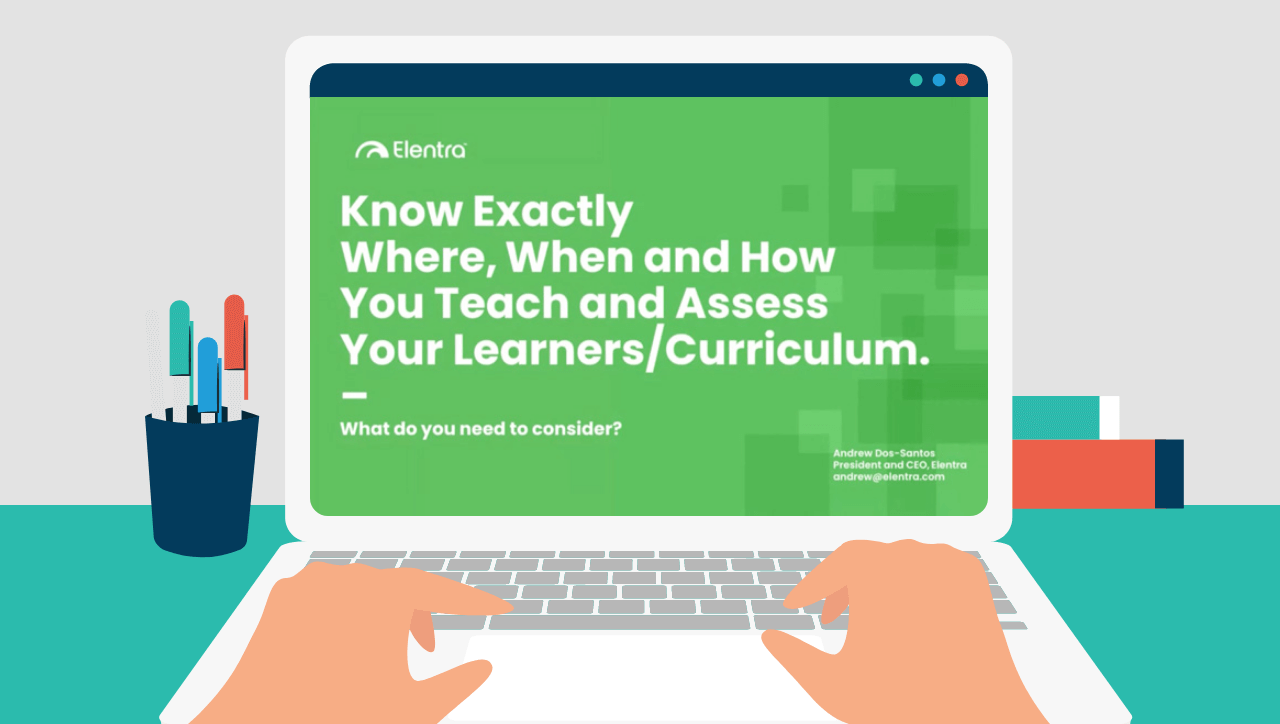Establishing Self-Directed Learning Skills for Success [Webinar]

Healthcare learners face enormous pressure. They must absorb a rigorous curriculum, prepare for high-stakes exams, and step into clinical practice ready to make complex decisions that directly impact patient care. The challenge is not only the volume of information but also the ability to apply knowledge effectively under pressure.
Yet many learners continue to rely on surface-level study methods—re-reading notes, highlighting texts, or cramming too close to an exam. While familiar, these strategies do little to build long-term retention, critical thinking, or clinical readiness. The result? Gaps in knowledge, lack of confidence, and difficulty transitioning from academic success to professional competence.
This is where self-directed learning (SDL) skills become essential. By cultivating SDL strategies, learners shift from passive information consumers to active participants in their education. SDL encourages them to set goals, reflect on progress, identify knowledge gaps, and adopt research-backed study methods that promote deeper learning and long-term success.1
In this blog, we’ll explore:
- What self-directed learning is
- Why developing self-directed learning skills is so important for learner retention, engagement, and professional growth
- Examples of self-directed learning methods
- The role of learners vs. instructors in supporting SDL strategies
What Is Self-Directed Learning?
SDL is a learner-centered approach in which individuals take responsibility for their own education. Rather than relying solely on instructors to guide every step, learners set meaningful goals, choose strategies and resources that align with those goals, and continuously monitor their progress. As they reflect on what is working and what is not, they adjust their methods to strengthen understanding and retention.
In this way, SDL goes beyond memorization. It cultivates metacognitive awareness—the ability to think critically about one’s own thinking—which enables learners to identify knowledge gaps and adapt their study routines accordingly. For healthcare education, this skill set is particularly important. Clinical practice requires more than recalling facts under exam conditions; it demands sound reasoning, adaptability, and the capacity for lifelong learning.
By establishing SDL skills early, educators can help learners build the confidence and resilience needed to excel on high-stakes exams and deliver high-quality patient care in complex, evolving environments.
By understanding what self-directed learning is and how it works, it becomes clear why cultivating these skills is essential in healthcare education. The key, then, is recognizing why developing self-directed learning skills is so critical for academic success, clinical readiness, and long-term professional growth.
Why Developing Self-Directed Learning Skills Is So Important
Developing SDL skills is not just an academic exercise; it directly shapes how well learners retain knowledge, apply it in clinical settings, and grow into confident professionals. In healthcare education, where the pace is fast and the stakes are high, these skills provide the foundation for both immediate success on exams and long-term adaptability in practice.
When learners take ownership of their education, they move beyond passive study habits and engage in deeper learning. This shift promotes critical thinking, stronger problem-solving, and sharper clinical judgment—all of which are essential in environments where decisions must be made quickly and accurately. Self-directed learners are also more motivated and engaged, developing the resilience to handle the pressures of exams, clinical rotations, and future patient care.
For educators and programs, fostering SDL skills early creates a ripple effect. Learners who practice SDL require less review of foundational content, freeing instructional time for advanced concepts and higher-level discussions. Over time, this not only improves course outcomes but also contributes to stronger program completion rates and higher performance on licensure exams.
In short, it is more than a strategy—it’s a mindset that equips learners to succeed in the classroom, on exams, and throughout their professional careers.
You’ll learn how to:
- Describe metacognition and how it relates to self-directed learning
- Identify strategies that promote metacognitive thinking and reflection
- Create a concrete example demonstrating a strategy that supports metacognition in practice
Examples of Self-Directed Learning Methods
Recognizing the importance of SDL is only the first step. The real impact comes from putting it into practice through strategies that encourage active engagement, reflection, and continuous improvement. Fortunately, there are well-established methods that educators can use to help learners strengthen their SDL and apply them in meaningful ways.
One effective method is the use of self-reflection—structured activities that prompt learners to analyze what they know, where they need to improve, and how they can adjust their approach. This practice fosters metacognition, increases self-awareness, and helps build habits of continuous improvement that extend beyond the classroom into clinical practice.
Another proven strategy is retrieval practice combined with spaced repetition. When learners regularly quiz themselves or work with adaptive question banks over time, they strengthen memory encoding, improve recall, and develop lasting knowledge that supports exam readiness and professional application.
Educators can also enhance SDL by incorporating multimodal learning tools, such as audio-visual mnemonics, 3D models, simulations, and adaptive technology platforms. These approaches not only appeal to varied learning preferences but also give learners actionable insights into their progress, while providing faculty with data to identify gaps and guide interventions.
Together, these methods highlight that SDL is more than independent study—it’s a deliberate, research-backed process that equips learners to build knowledge, adapt strategies, and succeed in both academic and professional settings.
The Learner’s Role vs. The Instructor’s Role in SDL Strategy
While self-directed learning empowers learners to take ownership of their education, success depends on the dynamic between what learners do independently and how instructors provide support and structure. Both roles are essential for making SDL effective.

The Learner’s Role
- Set meaningful goals: Learners are responsible for defining objectives that go beyond passing an exam. In healthcare, this includes mastering clinical reasoning, applying knowledge in patient scenarios, and developing professional judgment. Clear goals help learners prioritize study time and stay motivated.
- Engage in self-reflective assessments: Through structured reflection, learners analyze what they know, where their gaps are, and how to address them. This builds metacognitive awareness and fosters habits of continuous improvement, which are critical for safe, effective practice.
- Adapt strategies as needed: SDL requires flexibility. Learners monitor their progress and adjust study methods—for example, shifting from highlighting notes to active retrieval practice or integrating multimodal tools like simulations. Adaptability ensures knowledge retention and readiness for high-stakes exams and clinical care.
The Instructor’s Role
- Provide scaffolding: Educators design learning opportunities that make SDL practical and achievable. This might include incorporating retrieval-based quizzing, embedding reflective assessments, or guiding learners through case-based scenarios that require critical thinking.
- Model effective practices: Instructors demonstrate how to approach challenges, reflect on progress, and adapt strategies. By showing what SDL looks like in action, they normalize reflective, self-regulated habits and encourage learners to adopt them.
- Offer feedback and guidance: While learners take the lead, feedback remains essential. Timely, constructive feedback validates progress, addresses blind spots, and builds learner confidence—all of which strengthen engagement and long-term success.
Developing SDL skills equips healthcare learners with the tools they need to thrive in rigorous programs, succeed on high-stakes exams, and grow as lifelong professionals. By balancing the learner’s responsibility with the instructor’s support, SDL creates an environment where reflection, adaptability, and resilience can flourish.
To dive deeper into practical strategies you can use in your program, watch our free on-demand webinar: Encouraging Effective Self-Directed Learning Strategies.
1 Khan EH, Sethi A, Junaid SM, Khattak T, Khattak M. Readiness for self-directed learning among undergraduate medical students in Khyber Pakhtunkhwa during COVID-19, Pakistan. BMC Med Educ. 2025;25(1):165. doi:10.1186/s12909-025-06745-3


